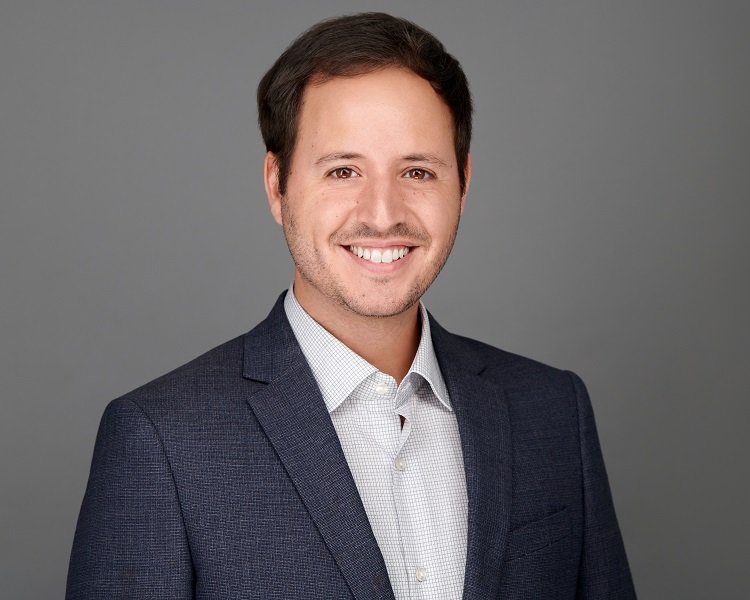
Steve Peretz, Group Director (Health Experience and Product Strategy), Appnovation, United States
In a conventional medical procedure, to understand and design treatment regimens, imaging methods such as CT and MRI scans are often used for diagnoses. Only an expert can interpret and evaluate these 2D data and patients are always informed by printed reports or by doctors on their medical condition. Most patients remain ignorant of their exact medical status and treatment regime. As a solution to these challenges, revolutionary medical holography technology is rendering 3D floating projections through Mixed Reality (MR) / Extended Reality (XR) applications.
Holographic imaging and projection have extended their applications in life sciences, biomedical research as well as in medical training and education. Holography imaging technology provides an extensive visualisation of the data in 3D holograms to better study the disease condition, plan treatment regimens. The tool helps medical professionals to view the human organs in multidimensional colourful models for easy detection and probing into the diseased areas. Digital holography enables the quantitative precise measurement of shape and displacements of objects (organs/tissues) by recording holograms and reconstructing them in 3D geometries. Thus, the novel technology enhances the efficiency of medical staff by facilitating precise and faster diagnoses.
Singapore and Hong Kong-based Appnovation (Hq: Vancouver), is a leading global digital partner thriving through innovative market solutions with a significant focus on the APAC region. Appnovation is transforming the healthcare experience for patients in association with leading pharmaceutical brands in building digital solutions aiming to improvise healthcare deliveries.
Steve Peretz, Group Director of Health Experience and Product Strategy for the Americas at Appnovation, further explains the prospects at medical holography.
The immediate future will have some fascinating bright spots for those who are willing to be early adopters. Similar to the path of VR, where doctors created their own headset to find a better path for heart surgery, the industry needs to see more concrete evidence of how these solutions are put into practice safely and with evidence of success. Fortunately, we already have leaders like NUHS in Singapore as they are piloting the efficacy of holomedicine's ability to spatially locate brain tumors. Pilots like this will help deliver real world evidence of the practical use of holomedicine so other providers can safely consider it for their practice and patient population as well.
Providing dimension to a heart or brain has proven to be a need for surgery prep as it can alter plans on how to perform that surgery. In terms of more regular adoption, it will not be a matter of if this will happen, but rather when. We are already seeing some very creative partnerships in VR/AR, like the Phillips & Disney partnership, which leveraged VR to help reduce fear and anxiety in children during MRI exams. These are becoming more common stories, which will help improve patient and HCP openness to this type of technology.
Gaining trust is the biggest challenge. HCPs need to see clear examples of how holomedicine is put into practice and how that can be relevant to their area of expertise in order to see adoption at scale. Careful consideration of execution partners should be important as well. VR might have had slower adoption as a lot of people were experimenting with the technology in its early days. If you have a nauseating or unhelpful experience your first time, that has a lasting impression. Leveraging HoloLens is very exciting but let’s not lose ourselves in creating a shiny execution just because it looks impressive. It must have a practical use for the patients it aims to serve before rushing a solution to the market.
Health literacy is one of the largest global problems. Holomedicine® provides a very exciting opportunity for doctors to share a compelling, memorable story so their patients can more effectively retain the information about their condition, surgery, etc. This will increase the likelihood of positive outcomes.
Since the technology is in its early days, we don’t have enough clear ROI but what is the opportunity cost of introducing this into practice? It does not appear to be too high depending on the type of use and some practices are already willing to experiment as a way to demonstrate their innovation leadership.




